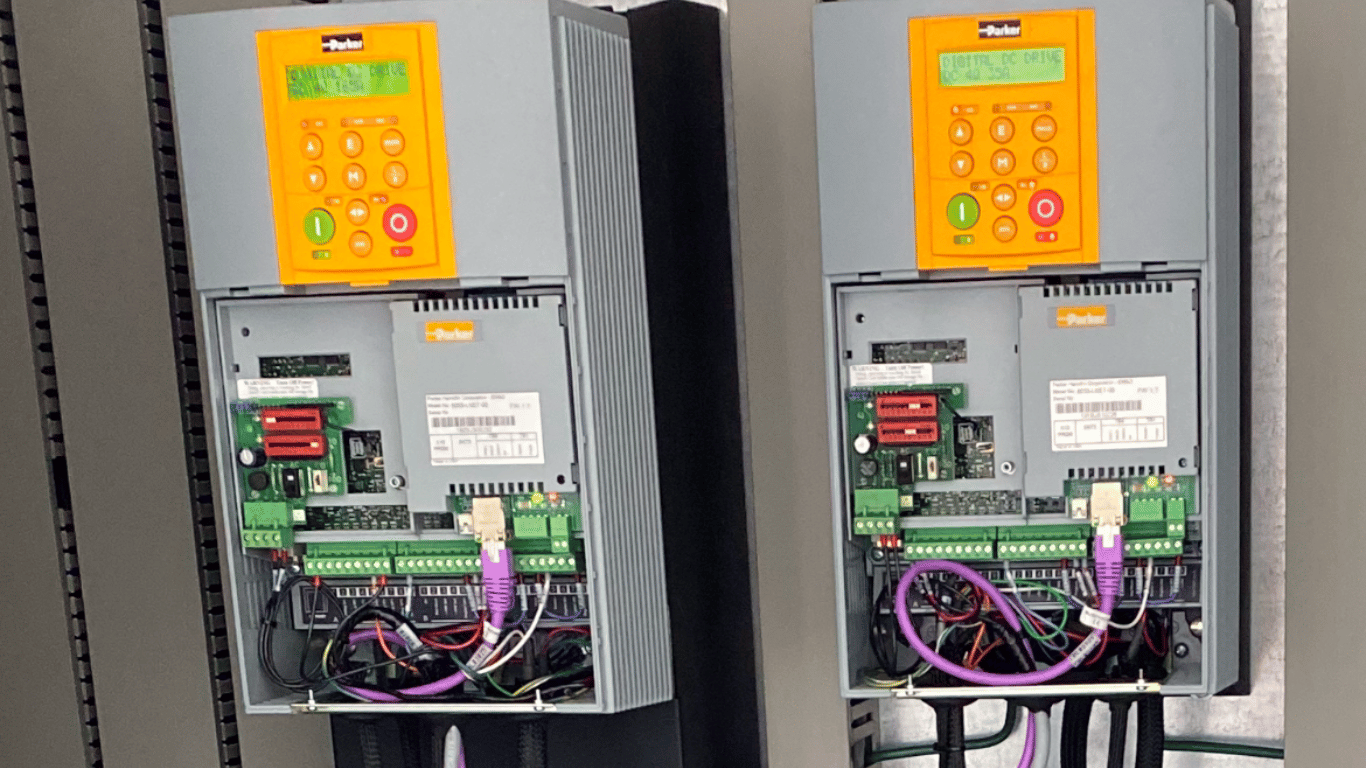
Understanding Variable Frequency Drives
Variable Frequency Drives, also known as adjustable frequency drives or inverters, are power conversion devices that control the frequency and voltage supplied to an electric motor, thereby regulating its speed and torque output. By varying the frequency of the electrical supply to the motor, VFDs allow for precise speed control, energy savings, and improved process efficiency.
Benefits of VFDs
Energy Efficiency: VFDs enable energy savings by matching motor speed to the required load, reducing energy consumption during periods of low demand.
Process Control: VFDs offer precise speed control, allowing for optimized process performance and improved product quality.
Reduced Wear and Tear: By starting motors gradually and minimizing mechanical stress, VFDs help extend the lifespan of equipment and reduce maintenance costs.
Soft Start and Stop: VFDs provide soft starting and stopping capabilities, reducing mechanical shocks and enhancing equipment reliability.
Harmonic Mitigation: Advanced VFD models incorporate harmonic filters to mitigate power quality issues and ensure smooth operation.
Implementation Process
System Assessment
Before implementing VFDs, it's essential to conduct a thorough assessment of the existing electrical system and motor-driven applications. This assessment involves:
Evaluating motor specifications, including horsepower, voltage, and current ratings.
Analyzing load profiles and operating conditions to determine the optimal speed control requirements.
Assessing the compatibility of existing motors with VFD technology and identifying any potential integration challenges.
Installation and Wiring
Once the assessment is complete, the installation process begins. This typically involves the following steps:
Selecting the Right VFD: Choose a VFD model that meets the specific requirements of the application, considering factors such as motor power rating, input voltage, and control interface options.
Mounting and Enclosure: Install the VFD in a suitable location, ensuring adequate ventilation and protection from environmental factors.
Wiring Connections: Connect the VFD to the motor, power supply, and control devices according to the manufacturer's instructions and relevant electrical codes.
Commissioning and Testing: After installation, commission the VFD by configuring parameters such as motor speed, acceleration/deceleration rates, and control modes. Conduct comprehensive testing to ensure proper functionality and performance.
Customization Options
Control Modes
VFDs offer various control modes to accommodate different application requirements:
Open-Loop Control: Basic speed control based on user-defined parameters.
Closed-Loop Control: Feedback-based control using sensors to adjust motor speed and maintain precise operation.
Vector Control: Advanced control algorithm that considers motor parameters and load conditions for enhanced performance.
Advanced Features
Modern VFDs come equipped with advanced features and customization options, including:
Pre-programmed Profiles: Built-in profiles for specific applications, simplifying setup and optimization.
Communications Interfaces: Integration with industrial networks such as Ethernet/IP, Modbus, and Profibus for remote monitoring and control.
Energy Optimization: Energy-saving algorithms and regenerative braking capabilities for maximizing efficiency and reducing operating costs.
Conclusion
Variable Frequency Drives play a vital role in industrial and commercial applications by providing precise speed control, energy efficiency, and process optimization. By understanding the implementation process and exploring customization options, businesses can leverage the full potential of VFD technology to enhance productivity, reduce energy consumption, and achieve operational excellence.
